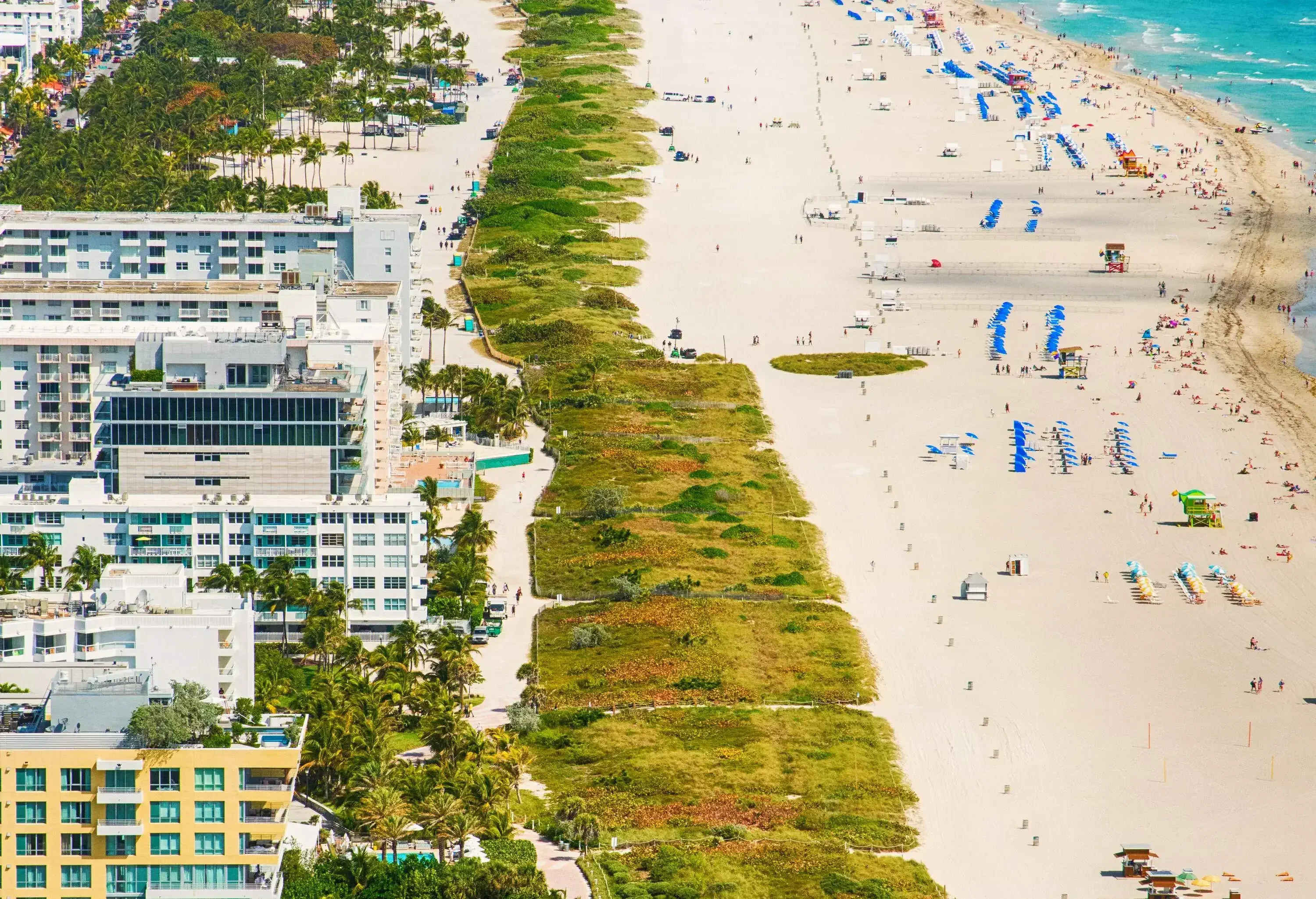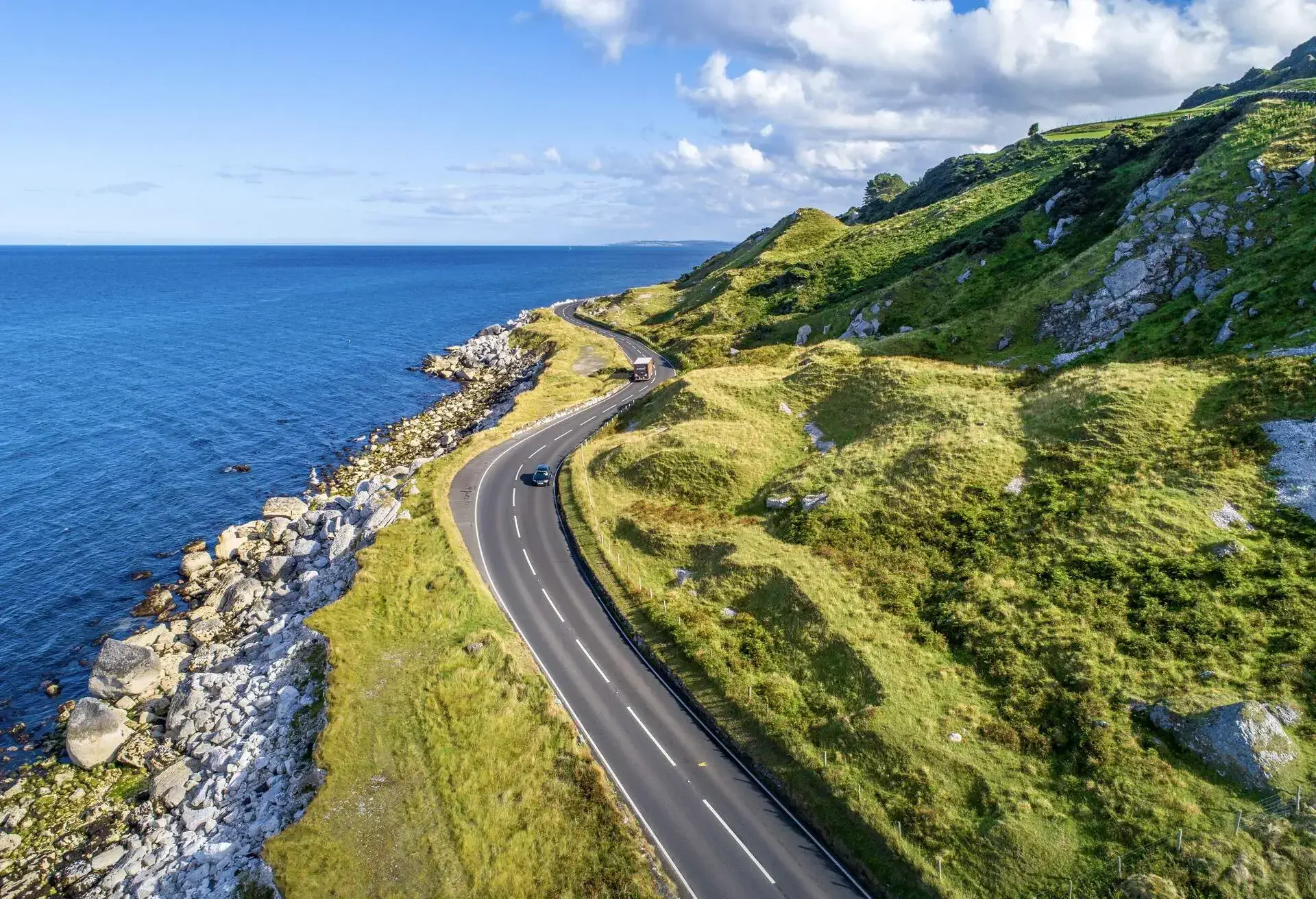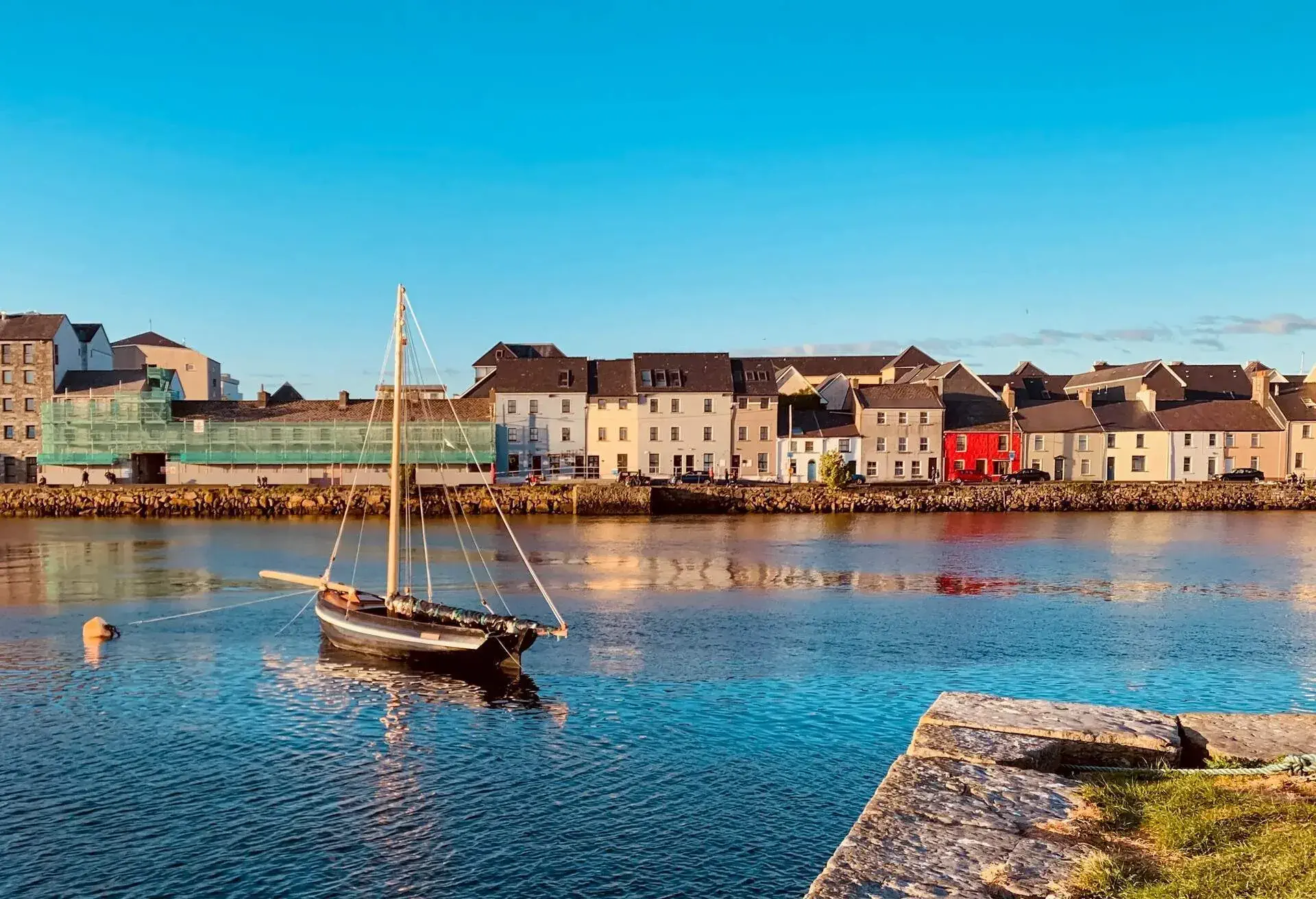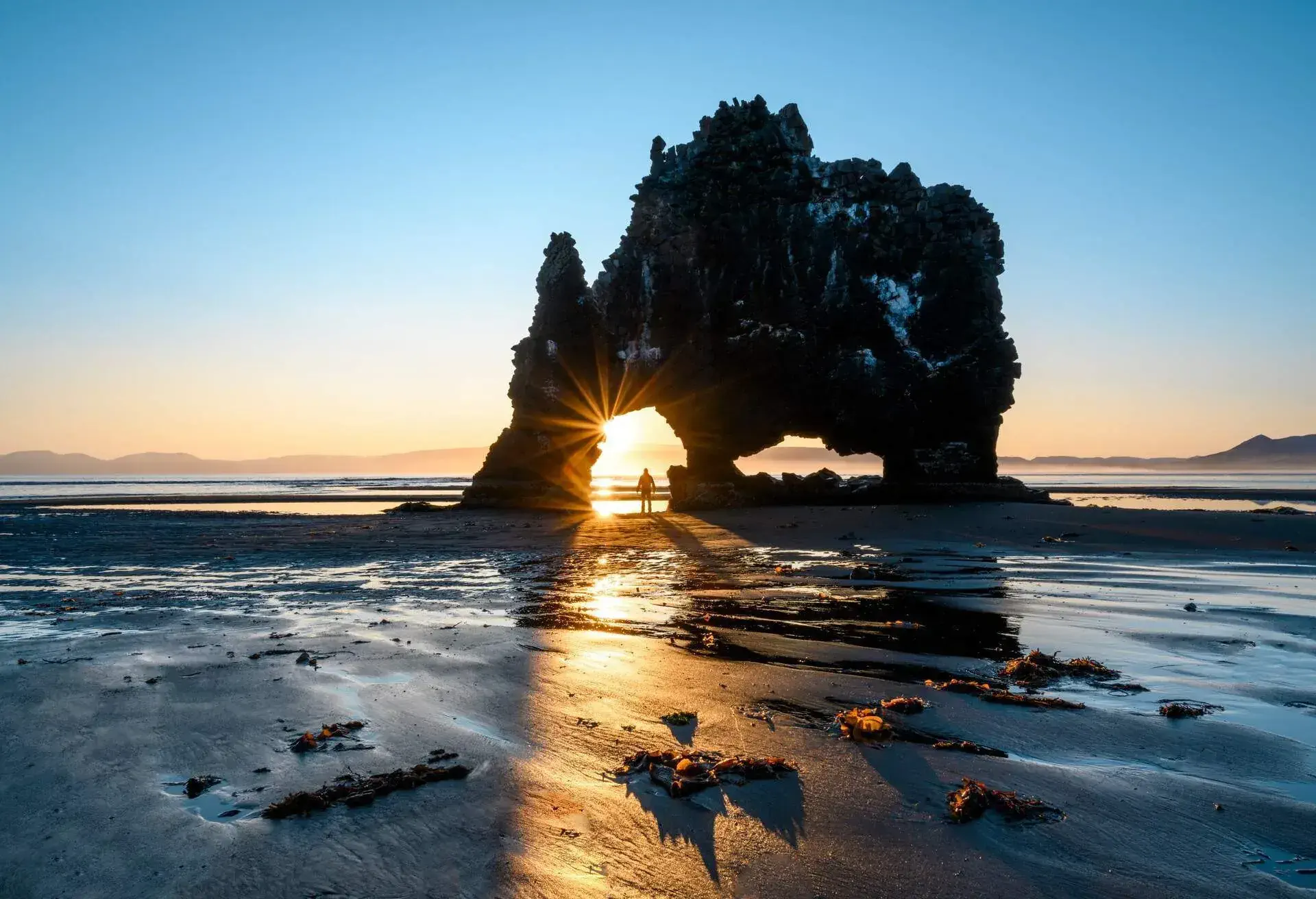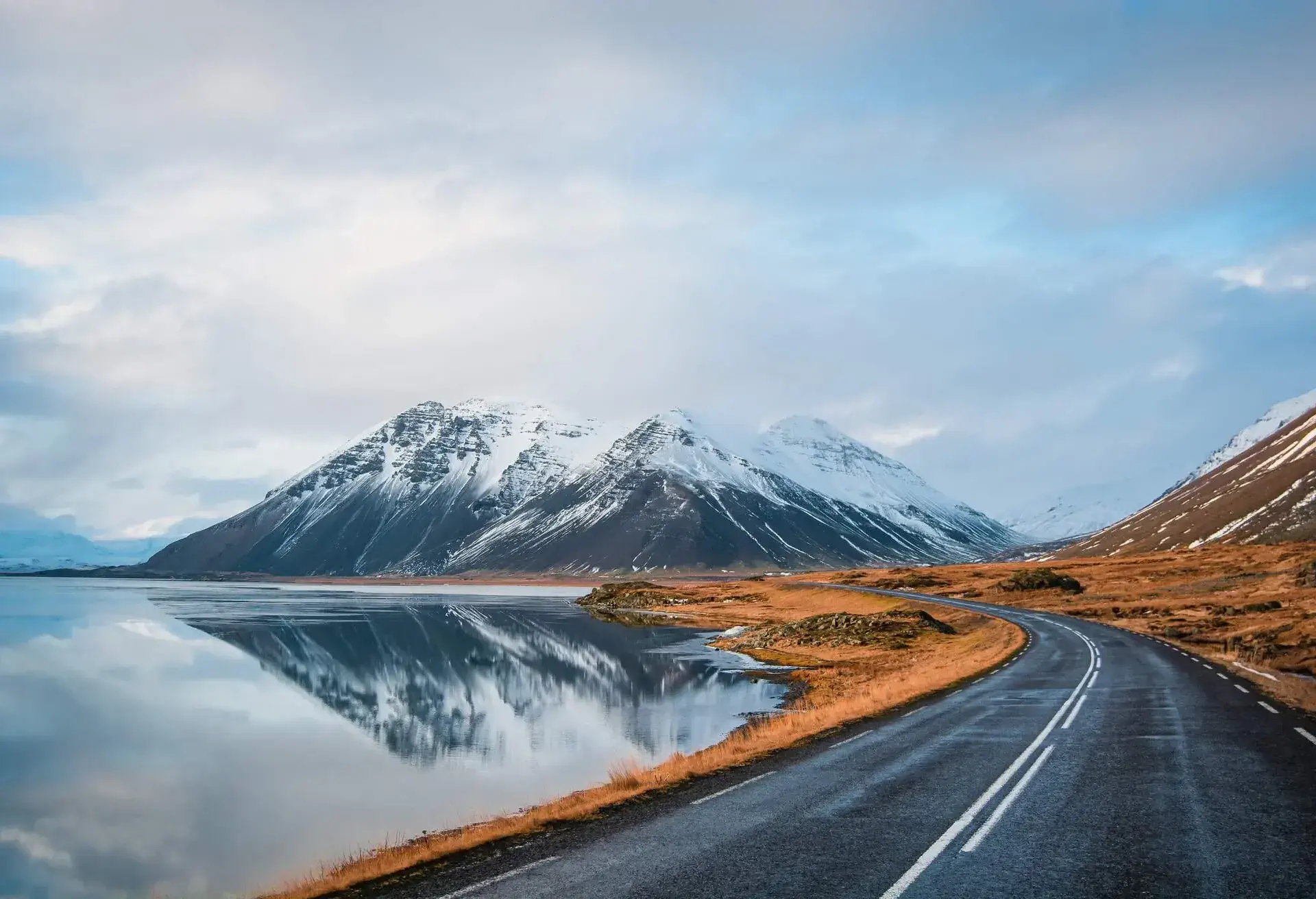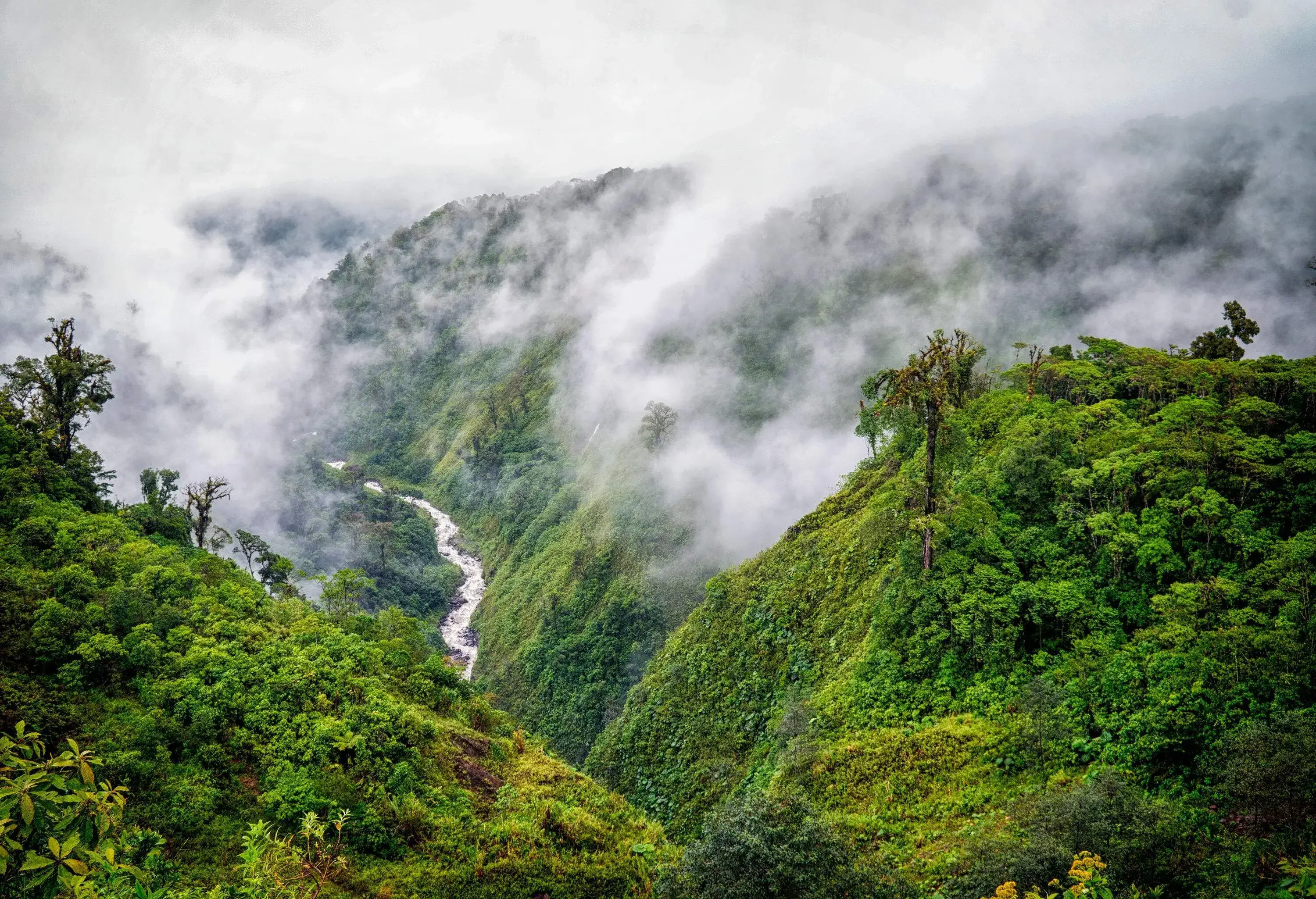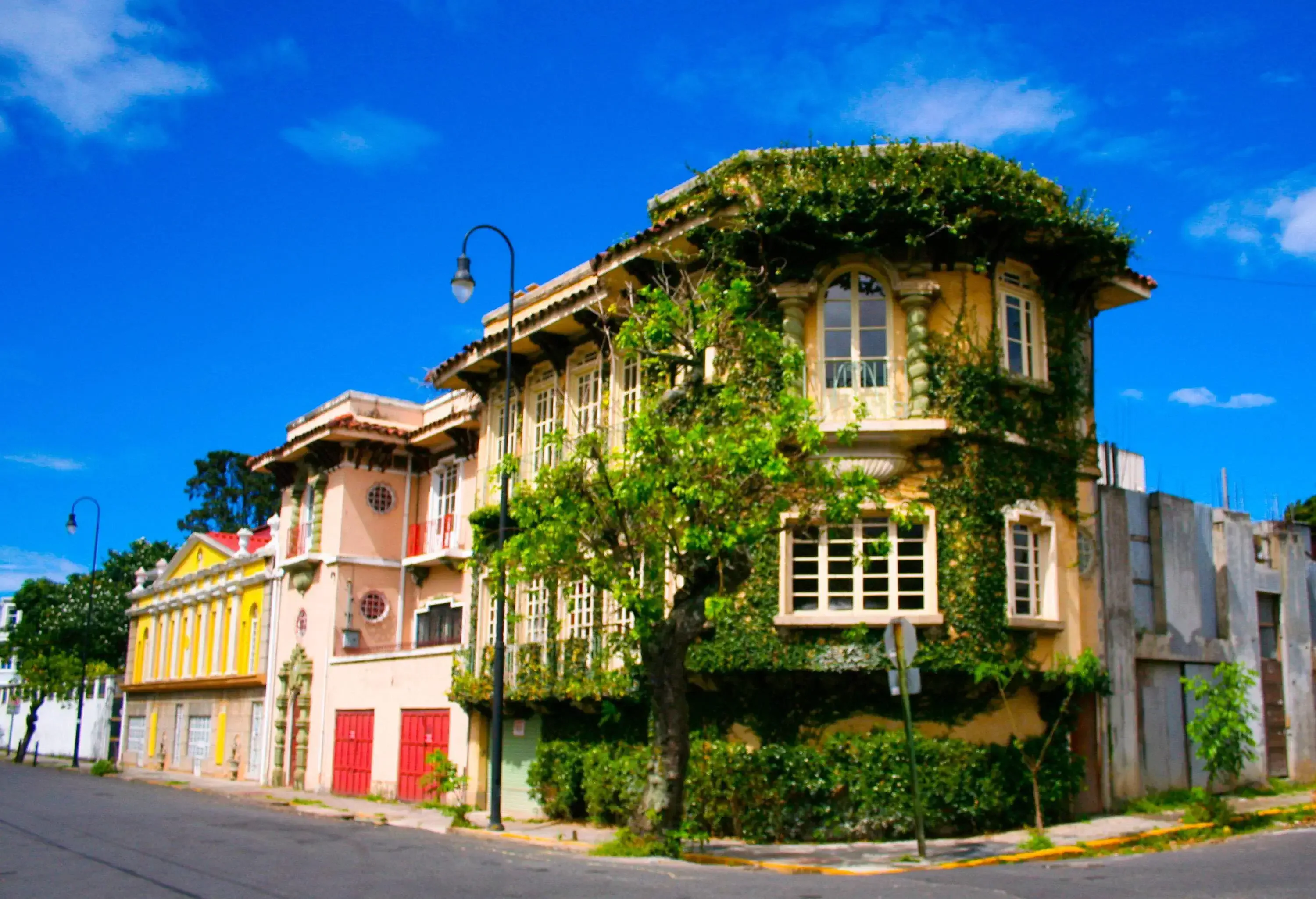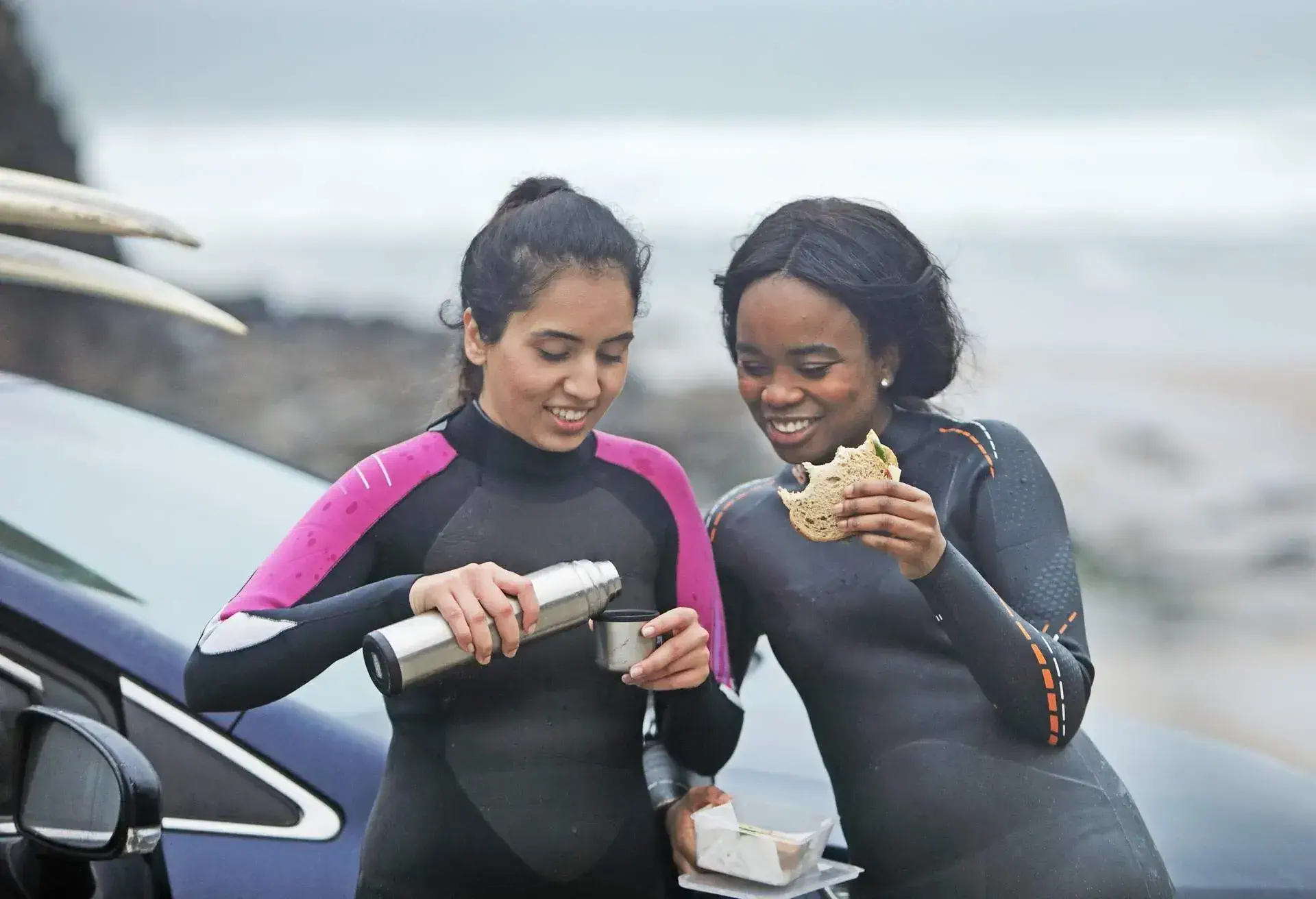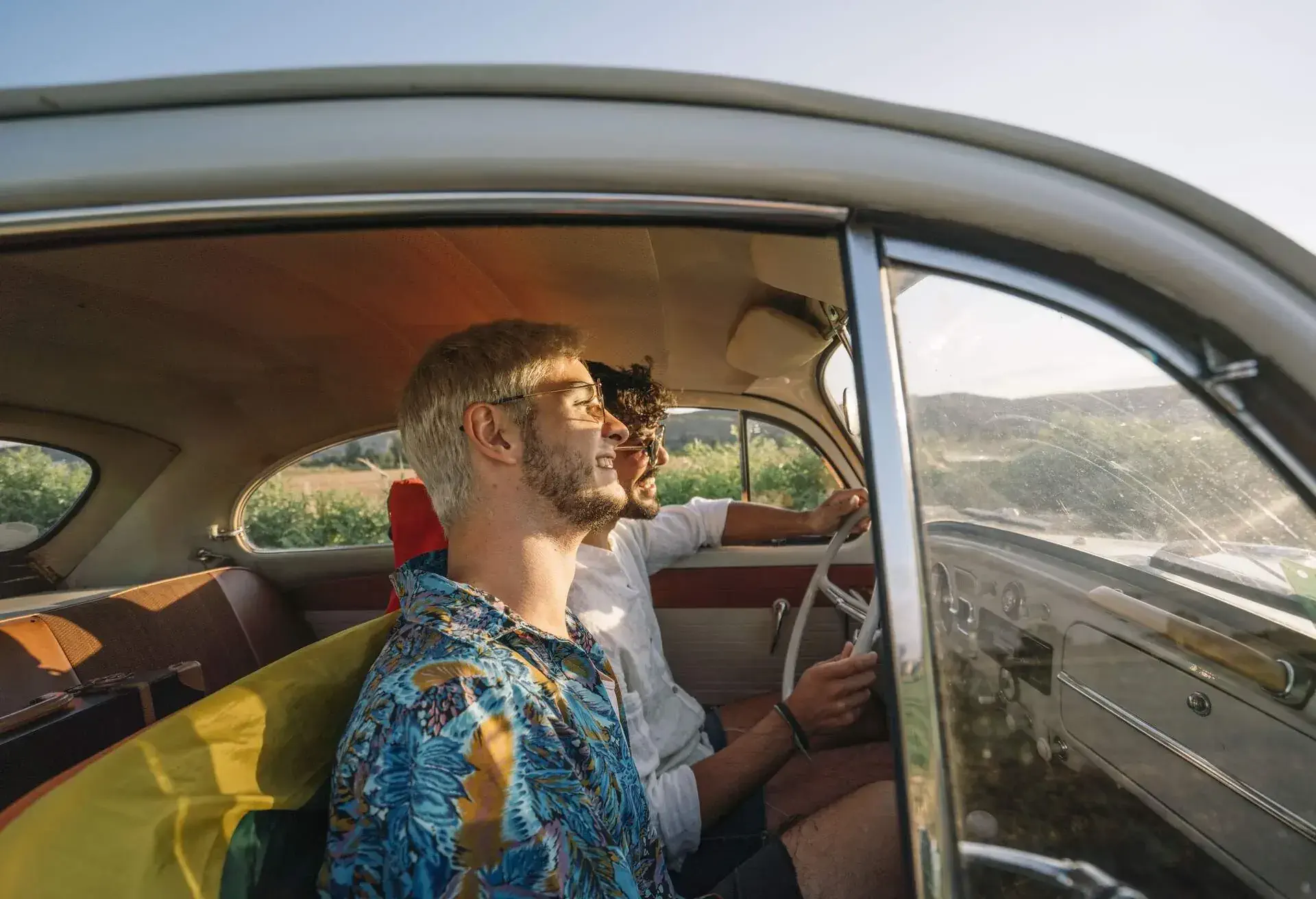Taking a family road trip is a unique way to travel because it provides the flexibility to enjoy new destinations while making the journey itself part of the experience. Let’s dive deep into some great destinations to visit, as well as a few tips and tricks to make the most of your next trip.
Our top 5 destinations for a family road trip
While the journey itself is always a highlight during a family road trip, having a great destination to end up in makes a big difference as well. Here are a few recommendations for top trips, both domestic and abroad, to spark your wanderlust.
Florida: Plenty for the whole family to enjoy
Florida is a fantastic state for a family road trip because it offers something for everyone. For those that love the thrill of roller coasters and water slides, Orlando has them in spades. Staying at one of the Disney World resorts, such as Disney's Contemporary Resort, is bound to be a hit with the family as well. If you want to explore a city rich in culture, Miami always delivers, while Tampa offers a great mix of city life, amusement parks, and scenic beaches. Finally, the pristine Gulf waters at Santa Rosa Beach, combined with the charming towns found along the 30A Highway, are also not to be missed.
Ireland: For breath-taking landscapes and rich history
Of the 40+ countries I’ve visited, I’ve never seen grass as lush and green as that of the rolling hills in Ireland. This beautiful country has some of the most spectacular landscapes I’ve driven across and is a highly recommended destination if you’re planning a family road trip abroad.
By flying into Dublin, you can pick up a motorhome, minivan, or car and head west to the Irish countryside. The town of Galway offers plenty of historic charm and delicious food at its many restaurants and bars. The next day, pay a visit to the iconic Cliffs of Moher and gaze out over the Atlantic Ocean. The small town of Dingle, combined with the scenic Skellig Ring Drive, makes for an unforgettable panorama. Don’t miss the chance to spend the night at the Dingle Skellig Hotel & Peninsula Spa, where you’ll find beautiful views of the bay. On your way back to Dublin, stop by Kilkenny to tour the famous Kilkenny Castle. This one-week itinerary has a great mix of natural attractions, historic towns, and big-city experiences to please the whole family.
Iceland: An iconic family road trip
Iceland is one of the only countries in the world where you can experience volcanoes, glaciers, waterfalls, geysers, and the Northern Lights all on the same day. Summer is the perfect season to visit because you’ll get around 20 hours of sunlight each day to enjoy the picturesque landscapes of this wonderful country.
By flying into Keflavik Airport, you can rent a car or motorhome to start your family road trip. The city of Reykjavik is about 45 minutes away, where you can stock up on snacks and explore the capital. From there, take a day trip along the Golden Circle drive to see waterfalls, geysers, and gorges. If you’re feeling adventurous, head to Southern Iceland, where you’ll find incredible canyons, glaciers, and black sand beaches.
Australia: A must-visit for nature enthusiasts
If you’re looking to venture a bit further afield and have at least two weeks to spare, then Australia should be right at the top of your list. On my family road trip there, we started from the Northeast in Cairns, where we visited the Rainforestation Nature Park to see koalas and kangaroos, then learned about Australia’s indigenous culture through the Pamagirri Aboriginal Experience. From there, we headed to Airlie Beach, a charming town that serves as a launch pad for the Whitsunday Islands and the Great Barrier Reef.
As you continue the scenic drive south, you’ll reach Brisbane and the Gold Coast, which has beautiful beaches, delicious food (Betty’s Burgers was our favourite), and modern city amenities. The Royal on the Park is a great place to stay, as it’s just a short walk from the Brisbane City Botanic Gardens. Further south you can sample the latest fashion trends in Byron Bay before making your way to Sydney, where top tourist attractions like the Opera House and Harbour Bridge are not to be missed.
Costa Rica: An adventurous family road trip
Costa Rica’s multitude of ecosystems present a perfect backdrop for an unforgettable family road trip. This Latin American country is home to volcanoes, cloud forests, rainforests, world-class coffee plantations, and beaches perfect for surfing. I recommend flying into San Jose and heading north to the Central Valley, where you can experience the grandeur of the Poás Volcano, which is still active and hasn’t had major activity for more than 100 years. Continue northwest and you’ll reach La Fortuna, which offers incredible views of the towering Arenal volcano. Here, you can also try your hand at zip-lining, river rafting, and horseback riding. As for where to spend the night, I’d recommend stopping off at The Springs Resort and Spa at Arenal.
Once you’ve had your fill of volcanoes and rainforests, it’s time to head to the beach. Drive east to the Pacific coast, where the charming town of Tamarindo awaits. There you’ll find various beaches, bars, and restaurants where you can spend the day, as well as surfing programmes to learn how to ride the waves. At the end of the day, stick around for some truly jaw-dropping sunsets. Costa Rica is a natural paradise that caters to outdoor adventure seekers, and I would highly recommend this family road trip for those with older children and teenagers.
How to keep your children entertained, depending on their age
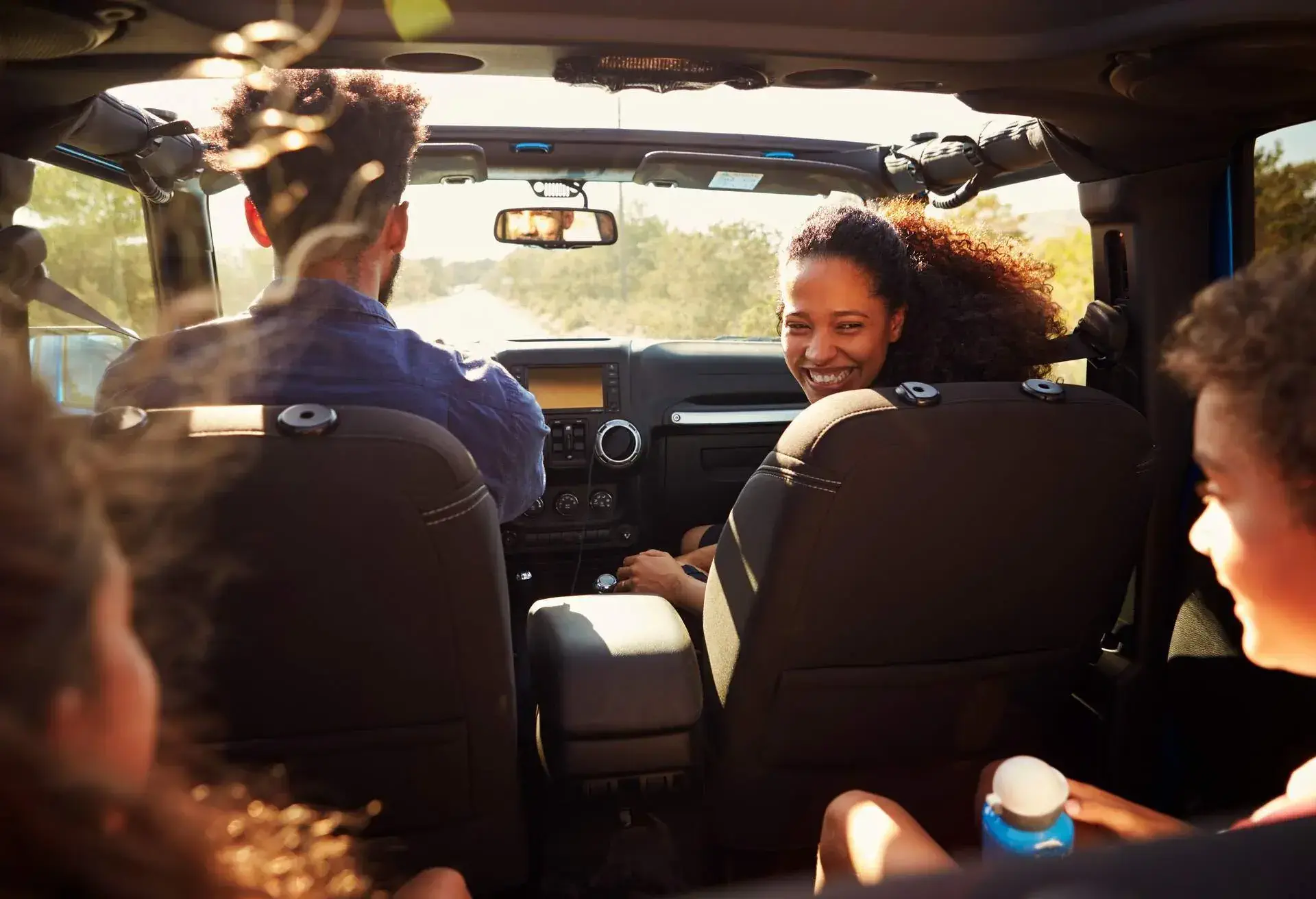
For many people, the thought of a long family road trip with children can seem daunting – but it doesn’t have to be. With the right preparation, expectation-setting, and planned breaks and activities, the journey itself can be a highlight of the road trip. Here are some tips for how to make a family road trip fun for kids of all ages.
Tips for road-tripping with a toddler
Toddlers thrive with routine and habit, so trying to maintain that during a road trip should be a priority. This means packing and providing access to their favourite safety blankets and toys, and sticking to their usual eating, napping, and playing schedules as much as possible. If you’re going to have a particularly long stretch of driving, try to set it up so it happens during your toddler’s nap time. You might also want to build in time to make extra stops as needed, so they can walk around and get a change of scenery if they get antsy.
How to make a road trip enjoyable for kids aged between 5 and 11

Kids in this age range tend to have a bit more tolerance for long stretches of driving, but you’ll still want to make sure you can keep them engaged with activities as needed. Road trip games are key to this since they can make the time feel like it’s flying by while keeping everyone entertained. Some of these couples' road trip games can be easily adapted for younger players. Whether it’s 'Hot seat', 'I spy', or a trivia game, having a varied list of go-to games and activities goes a long way to making a road trip enjoyable.
Teenagers on a family road trip: The best tips
Road-tripping with teenagers provides a great opportunity for quality family time, especially while driving. You can prepare by having conversation topics ready to go. Whether it’s discussions on movies, philosophy, future dreams, or friendships, this is a great time to get to know your teenagers even better, especially when they’re likely to have fewer distractions while on the road. Another tip is to involve them in the road trip planning process, like helping with road trip snacks or making a playlist.
Consider the distance when planning your family road trip
It’s important to bear in mind each family member’s tolerance for driving distances before planning a trip. Long distances are sometimes inevitable, so make sure you plan ahead with activities that your family can do in the car, like road trip games, books, and/or movies on a tablet.
Spot the petrol stations, supermarkets, and public toilets on the road
I know it sounds obvious, but it’s important to keep constant track of your fuel level, food, and water supplies throughout your trip. The last thing you want is to get stranded or plan a pit stop at a petrol station that’s unexpectedly closed down. It’s always best to play it safe and have multiple options for petrol stations, supermarkets, and public toilets. And when in doubt, start planning your next refuelling stop when you still have half a tank of petrol left.
Plan your budget beforehand
Budgeting is important for a family road trip because the freedom and flexibility of driving can sometimes lead you to spend more than you’d originally expected. Aside from traditional categories like lodging, food, and activities, make sure to estimate the mileage you’ll be putting in so you can adequately budget for petrol costs, especially abroad where prices may vary.
Packing tips for your family road trip
Packing for an epic family road trip is a little different from preparing for a flight to a specific destination. Generally, you have more freedom in how much you can pack. However, there are some key differences in road trip packing for domestic and international trips.
Tips for epic family road trips in the UK
If you’re staying local with a family road trip in the UK, you have a lot more flexibility with what you can take with you, since you don’t have to worry about airline luggage limits. It’s always a good idea to pack according to the locations and activities that you’ll be doing, instead of each family member getting their own individual bag. That way, you won’t have to look through several bags to find the right items for everyone, and it helps keep your storage compartment neat and organised.
How to manage a road trip abroad
Unlike a domestic road trip, you will likely have to fly to your destination abroad and choose the correct car hire to get started. This means you won’t necessarily have the flexibility to pack beyond what you can bring in your checked luggage. However, with a road trip, you do have the freedom to load your vehicle with snacks and activities that you find once you get to your initial starting point.
Conclusion
A family road trip is perfect for those who want the flexibility to create their own itinerary but also build in time for surprise stops and spontaneous activities along the way. For more helpful information regarding road trips, check out KAYAK’s guide to rental cars, as well as brushing up on some additional road trip tips.





